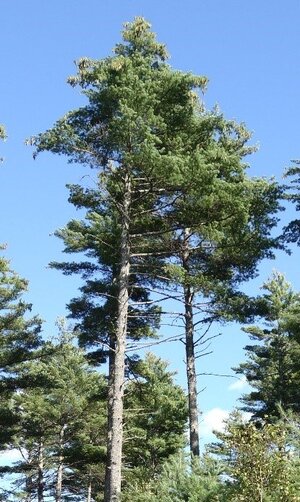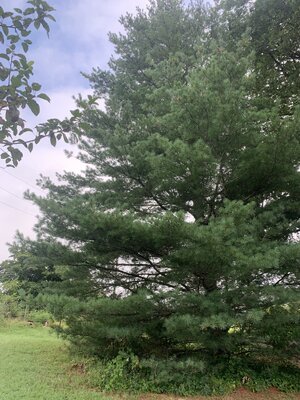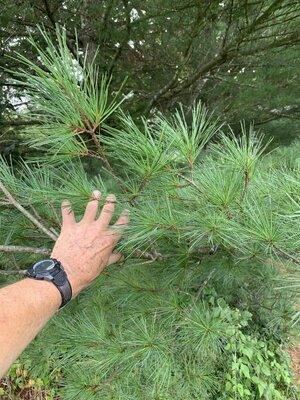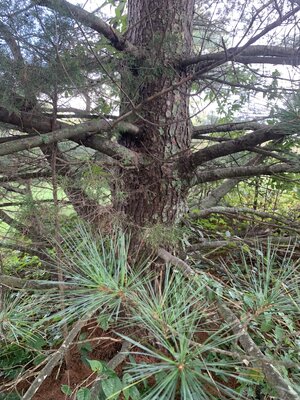NoviceTreeGuy
New Member
I was thinking, instead of planting switchgrass for deer bedding cover, has anyone had any experience planting conifers like a Christmas tree farm? How far apart do you space them? What conifer varieties would be best for this ?
I was just brainstorming the possibilities of creating deer bedding cover from an existing pasture wasteland and looking for alternatives to NWG.
Your opinions and help are greatly appreciated.
I was just brainstorming the possibilities of creating deer bedding cover from an existing pasture wasteland and looking for alternatives to NWG.
Your opinions and help are greatly appreciated.




